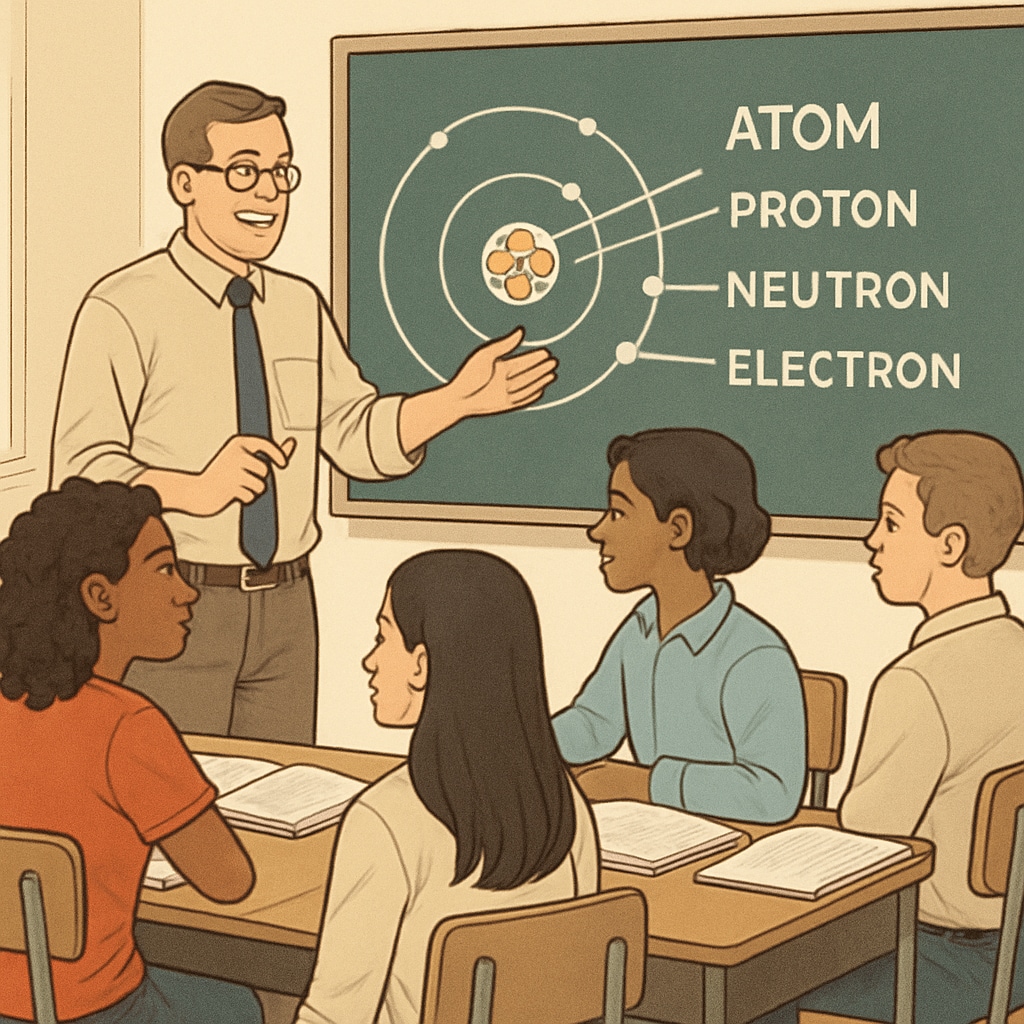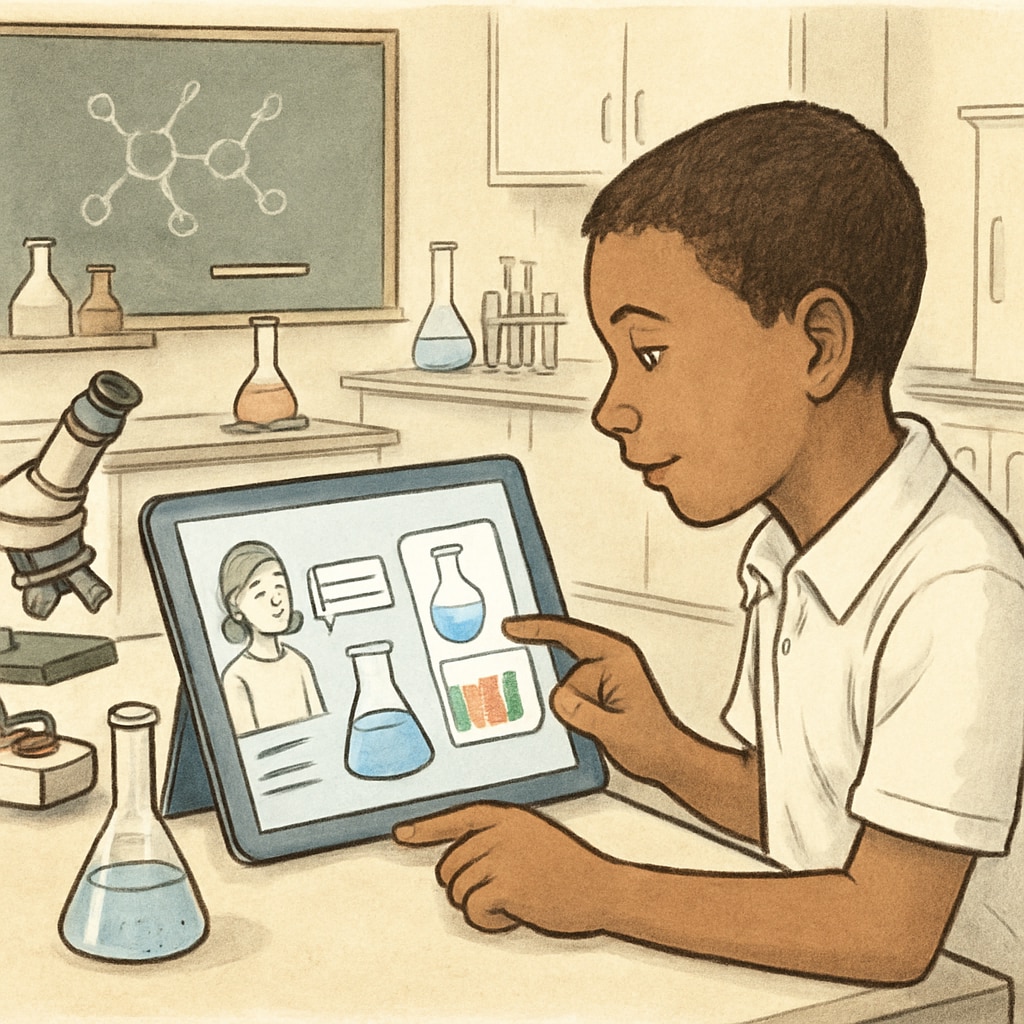In classrooms with a high population of English learners (ELLs), effective science teaching often requires innovative strategies that address language barriers while ensuring academic success. Differentiated instruction, tailored to meet diverse linguistic and cognitive needs, plays a crucial role in fostering an inclusive learning environment. This article sheds light on practical approaches that educators can implement to support ELLs in science classrooms.
Understanding the Challenges Faced by English Learners in Science Classrooms
English learners often encounter unique challenges when navigating science curricula. Complex vocabulary, abstract concepts, and dense texts can hinder comprehension and engagement. For example, scientific terms such as “photosynthesis” or “mitosis” may be unfamiliar, making it difficult for ELLs to grasp foundational ideas. Additionally, the heavy reliance on language-based assessments may disproportionately affect students who are still mastering English.

To address these challenges, educators must first recognize the linguistic diversity of their classrooms and adapt their teaching methods accordingly. By integrating scaffolding techniques and multimodal resources, teachers can bridge the gap between language proficiency and scientific understanding.
Practical Strategies for Inclusive Science Teaching
Creating an inclusive science classroom involves a combination of instructional strategies designed to support both language acquisition and subject mastery. Below are some effective approaches:
- Visual Aids: Utilize diagrams, charts, and videos to supplement verbal explanations. Visual resources can help ELLs understand complex concepts without relying solely on text.
- Hands-On Activities: Engage students in experiments and interactive projects that emphasize experiential learning. This approach allows ELLs to participate actively, reducing the emphasis on language-based comprehension.
- Differentiated Instruction: Tailor lessons to meet individual learning needs by offering varied tasks, such as simplified texts or bilingual glossaries, to accommodate different proficiency levels.
- Collaborative Learning: Group ELLs with native English-speaking peers to encourage peer support and language practice. Cooperative activities foster teamwork while improving communication skills.
- Language Support Tools: Incorporate tools such as translation apps or dual-language dictionaries to aid vocabulary acquisition and comprehension.
These strategies not only promote inclusivity but also ensure that all students, regardless of their linguistic background, can thrive in science education.
Leveraging Technology to Enhance Science Learning for ELLs
Technology offers innovative solutions to overcome language barriers in science classrooms. For instance, interactive platforms like Khan Academy provide instructional videos in multiple languages, enabling ELLs to access content in their native tongue while gradually improving their English skills. Similarly, virtual labs and simulations create immersive experiences where students can explore scientific concepts without the constraints of language.

Moreover, tools such as voice-to-text software and online translation services can assist in completing assignments and understanding instructions. By integrating technology into teaching practices, educators can offer personalized support that caters to the specific needs of ELLs.
Building a Supportive Classroom Environment
An inclusive science classroom goes beyond instructional strategies—it is also about creating a welcoming environment where students feel valued and supported. Teachers can achieve this by:
- Cultural Sensitivity: Acknowledge and celebrate the diverse backgrounds of students, incorporating examples and references from various cultures into lessons.
- Encouraging Participation: Provide opportunities for all students to contribute, using prompts and structured activities to boost confidence among ELLs.
- Regular Feedback: Offer constructive feedback that highlights progress and areas for improvement, guiding ELLs toward success.
As a result, students are more likely to engage with the subject matter and develop both their scientific knowledge and language skills.
Readability guidance: Use concise paragraphs and bullet points to summarize key strategies. Avoid excessive technical jargon, ensuring accessibility for all readers. Incorporate transition words to improve flow and coherence.


